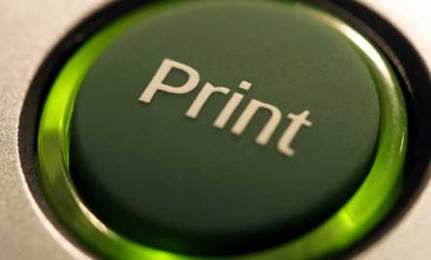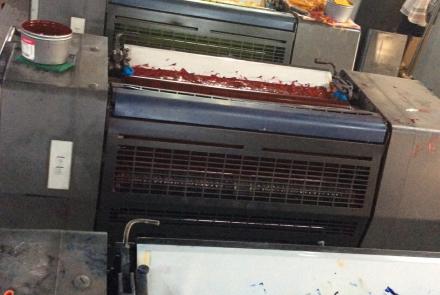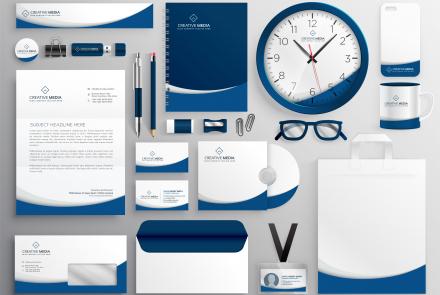10 pro tips for being perfect in print
Here's a 10-tip checklist to ensure all your print projects are perfect…
01. Avoid gimmickry at all costs
The need for the process has to be baked into the concept. Gimmickry sounds like a dirty word but sometimes that's exactly what you need, just make sure it's relevant to the idea.
02. Add the unexpected
When possible convey several layers of meaning, or add something unexpected. That said, try to combine a strict rational approach in defining a communication strategy with an open-minded, human touch.
03. Strip the concept back
Even if you're working on a self-initiated project, strip it down to the bone and distill it into one word, an image or a even a video clip. Go back to it during the process to check if you're are on the right track. If the concept strays from the essence, scrap it.
04. Keep your clients informed
Generally, the discovery of new finishes comes with each new project. Mock things up as best you can in-house to present to the client. It will get them on board with your concept while you work through the actual production with your printing partners.
05. Know where you can reduce spend
Unusual printing techniques will most of the time mean higher costs. Research isn't just about exploring these fancy finishes, use it to investigate reducing spend elsewhere by using fewer colours, different paper or other binding methods.
06. Tap your printer for knowledge
Ask printers for information on their process. Look for examples of what went right or wrong when using a process. Most importantly remember that special finishing should serve to enhance, not distract from design.
07. Put your printer's advice in context
Always talk to the printers and paper manufacturers beforehand. Listen to their advice, but know that printers have different standards. A result that makes your printer weep might actually look very interesting to you.
08. Think logistics and delivery
If you want to push boundaries but your audience is international, it can cause problems with customs when shipping things around the world – take Google Think Quarterly's Inspiration issue, the magnets of which kept setting off alarms.
09. Familiarise yourself with the printing process
If you're stuck, slow down your thinking process and examine the potential ramifications of every decision to ensure the production could be adapted to accommodate it. Part of this is being familiar enough with the printing process to predict any potential pitfalls.
10. Consider paper as well as finishes
Depending on the technique, its colour can change, the foil won't stick or the paper cracks and breaks when heated in a certain way. Precision is important – sometimes a millimetre can make all the difference.
- Log in to post comments






